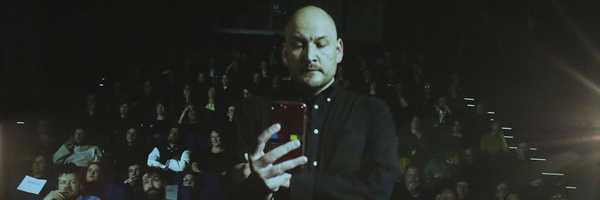
Preservation Introduction
What Are the Basics of Preserving Digital Art?
In order to preserve media art LI-MA utilises a number of conservation approaches. LI-MA assesses each media artwork based on its specific conservation needs and advises the method that best suits that particular work. The conservation methods most used in LI-MA's practice are storage, migration, virtualisation, documentation and reinterpretation. For particular projects and research we also foster emulation and reinterpretation.
The preservation of media art entails a different mindset than in other fields of preservation. Where there are of course similarities regarding the preservation of audiovisual and film works, these often involve a uniform approach which is not possible with the variations in characteristics between media artworks. Due to its necessity for a case-specific approach, media art preservation might be deemed closer to the conservation of conceptual and performance art.
Anticipating Change in Complex Digital Artworks
LI-MA is anticipating change and therefore works to provide treatments that address the needs of each individual work. With our case-based method and collaborative practice we also develop good practice to store and monitor new formats such as VR, Netart and NFTs.
When we use the term software-based artwork, we mean that software is its primary artistic medium. These works form complex systems of hardware, commercial and custom software, and various interfaces and can include response to activities or engagement.
When preserving software works or other complex digital artwork LI-MA creates a high quality disk image and stores it together with any other components on LTO data tape.
Disk images can also be created with an emulation or virtualization platform, installing an operating system and then the artwork software and required libraries. Besides this we store the source code in Gitlab for research purposes and take over the work’s hosting, if necessary. In combination with this LI-MA encourages artists and collections to make documentation of their media works. This documentation encompasses the specific characteristics of these types of works including their concept, functionality and dependencies, compiled where possible with the artist’s input. Following these steps, for as long as LI-MA manages the artwork, we also monitor it so that it remains accessible and available. Online artworks, especially, are a focus of LI-MA’s and have their own service: ArtHost. ArtHost has been constructed with artistic websites in mind, addressing their need for constant care and extensive documentation.










